How to Counter AI-Driven Cybersecurity Threats to Physical Security Products
Security Industry Association
OCTOBER 5, 2023
IoT malware : IoT malware is malicious software that is designed to target IoT devices. IoT malware can be used to take control of devices, steal data or disrupt operations. Zero-day attacks : Zero-day attacks are attacks that exploit vulnerabilities in software that the vendor is not aware of.

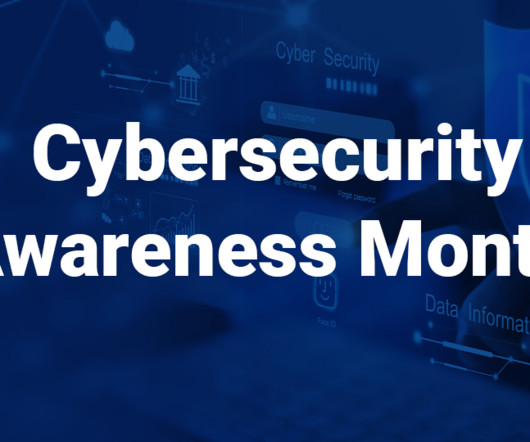
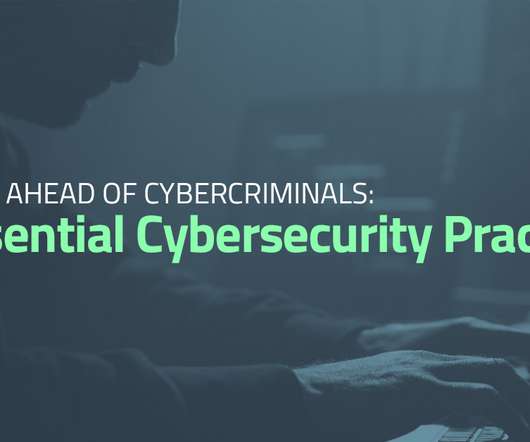
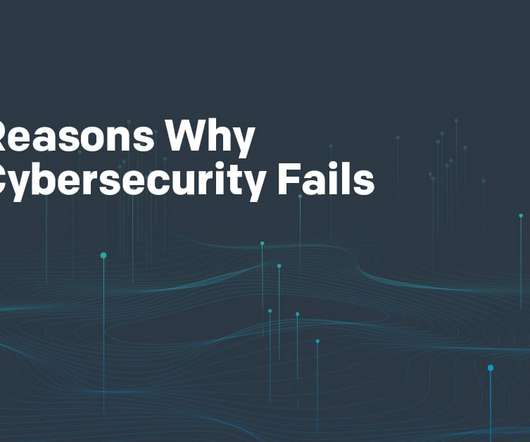
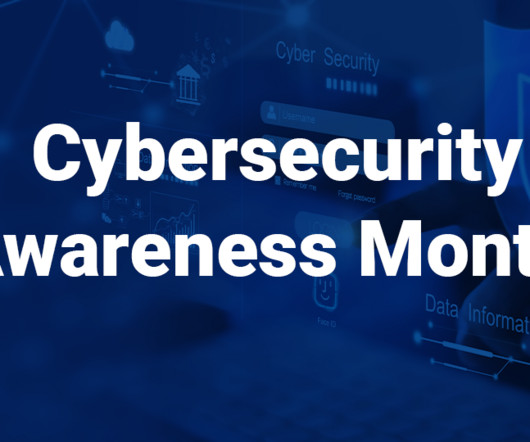
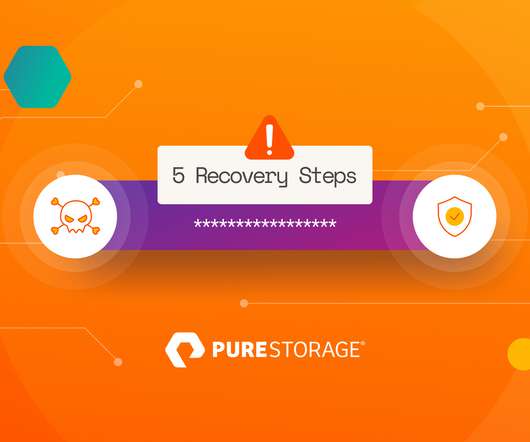






Let's personalize your content